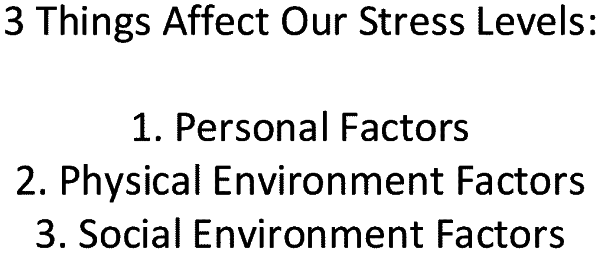| CPC G16H 50/30 (2018.01) [A61B 5/0004 (2013.01); A61B 5/0022 (2013.01); A61B 5/01 (2013.01); A61B 5/024 (2013.01); A61B 5/026 (2013.01); A61B 5/08 (2013.01); A61B 5/11 (2013.01); A61B 5/117 (2013.01); A61B 5/14517 (2013.01); A61B 5/165 (2013.01); A61B 5/7264 (2013.01); A61B 5/742 (2013.01); A61B 5/7405 (2013.01); G06Q 50/265 (2013.01); G16H 20/70 (2018.01); G16H 40/67 (2018.01); G16H 50/20 (2018.01); G16Y 10/60 (2020.01); H04M 1/72421 (2021.01); H04M 1/27453 (2020.01)] | 20 Claims |

|
1. A system for crisis state detection and intervention of a user, the system comprising:
a computing device having:
one or more biometric sensors configured to detect biometric conditions of the user;
a transceiver configured to automatically transmit the biometric conditions in real-time; and
a computing system having one or more processors, the computing system configured to:
train one or more machine learning models that are configured to be used to determine different physiological states of the user, wherein the one or more machine learning models are trained based at least in part on (i) user-inputted evaluation information that includes initial threshold indicators for the different physiological states of the user and (ii) historical biometric conditions of the user, wherein the training comprises determining threshold indicators for each of the different physiological states of the user, the threshold indicators being unique to the user, wherein the different states comprise a crisis state and a normal state;
store the trained models in a data store in association with the user;
continuously receive, from the transceiver, the biometric conditions of the user;
retrieve, from the data store, at least one of the trained models;
identify, based on providing the biometric conditions of the user as input to the retrieved at least one model, a current physiological state of the user, the current physiological state being at least one of the crisis state and the normal state that is unique to the user;
generate, based on a determination that the current physiological state of the user is the crisis state, intervention instructions that are configured to be automatically executed by the computing device to produce an action on the computing device that is configured to lower the user from the crisis state to the normal state that is unique to the user;
transmit, to the computing device, the intervention instructions, wherein in response to receiving the intervention instructions and without user permission or input at the time of receiving the intervention instructions, the computing device is configured to automatically perform the intervention instructions on the computing device and the computing system is configured to continuously receive the biometric conditions of the user as the intervention instructions are executed, wherein the biometric conditions received during execution of the intervention instructions comprise intervention biometrics indicating responses of the user to the execution of the intervention instructions; and
iteratively train the models associated with the user based on the intervention biometrics, wherein the iterative training comprises: (i) periodically measuring and determining operating state parameters of the user, (ii) updating correlations between the different physiological states of the user and the measured and determined operating state parameters of the user, and (iii) calibrating the models based on the updated correlations.
|